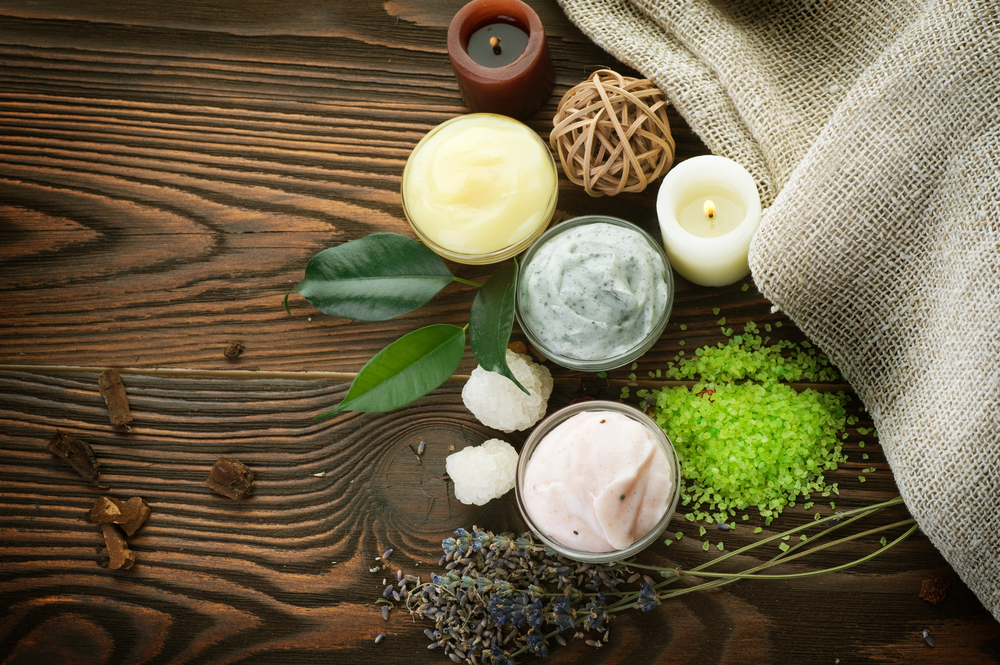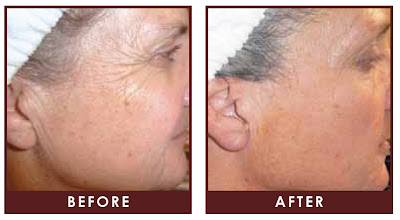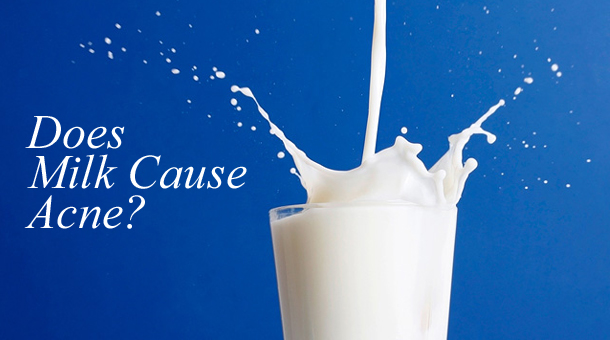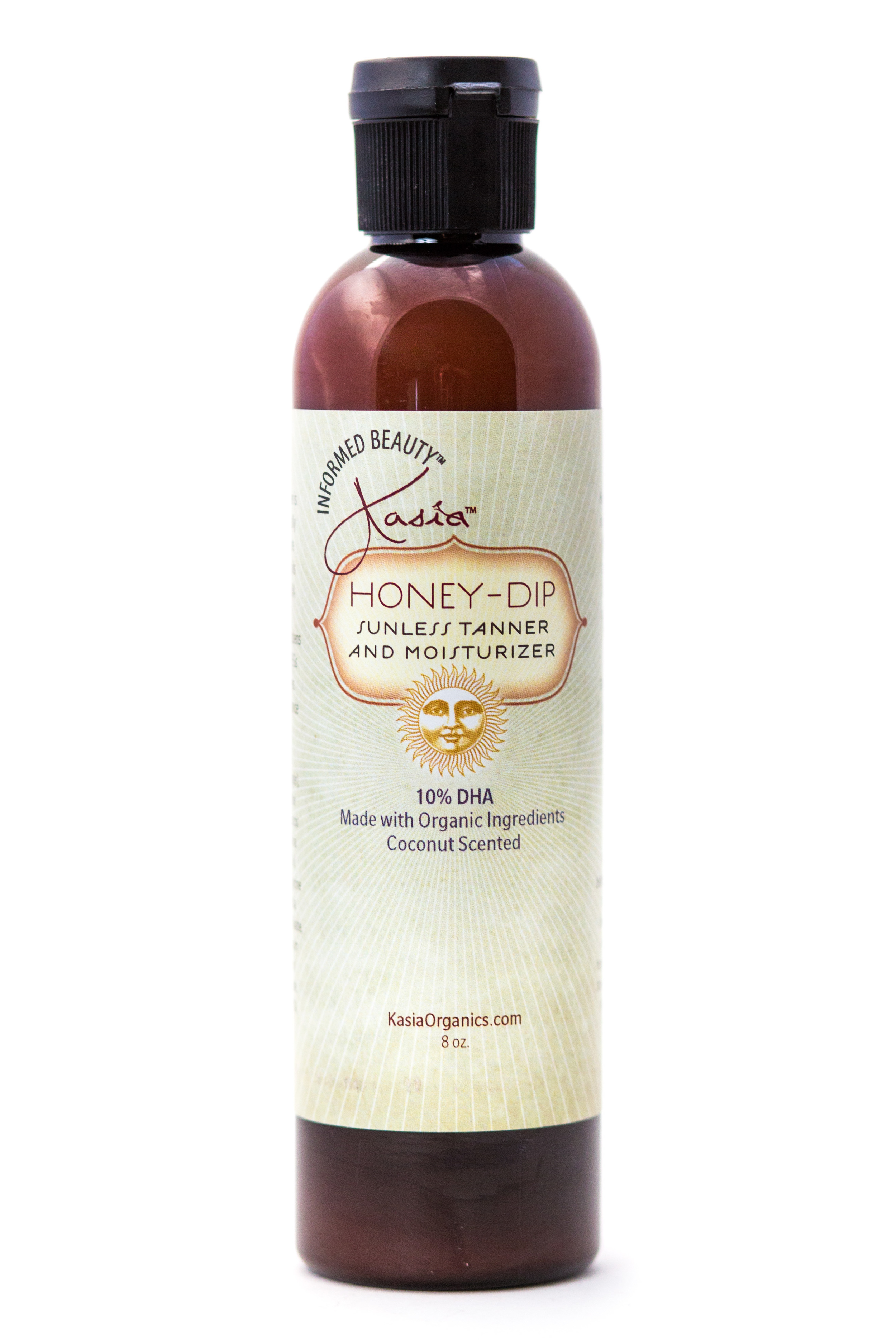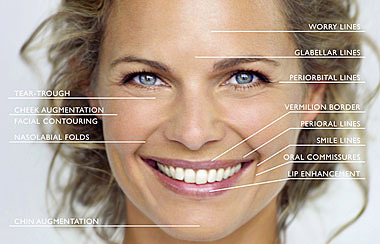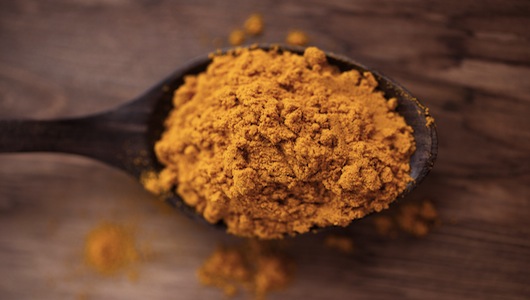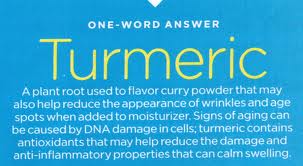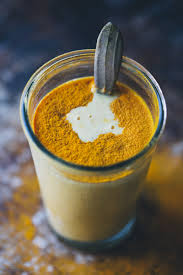Are you aware that most of the shampoos and personal care products used today have cancer-causing agents? Here is an overview of the Top 10 Unwanted Ingredients commonly found in shampoos and skin care products and their possible side effects.
1. Isopropyl Alcohol This is a solvent and denaturant (poisonous substance that changes another substance's natural qualities). Isopropyl alcohol is found in hair color rinses, body rubs, hand lotions, after-shave lotions, fragrances and many other cosmetics. This petroleum-derived substance is also used in antifreeze and as a solvent in shellac. According to A Consumer's Dictionary of Cosmetic Ingredients, inhalation or ingestion of the vapor may cause headaches, flushing, dizziness, mental depression, nausea, vomiting, narcosis and coma.
2. Mineral Oil Baby This is 100% mineral oil. This derived substance is commonly used petroleum ingredient coats the skin just like also used in plastic wrap. The skin's natural immune barrier is disrupted as this plastic coating inhibits its ability to breathe and absorb and as a the Natural Moisture Factor (moisture and nutrition). The solvent in firm skin's ability to release toxins is impeded by this "plastic wrap,"which can promote acne and other disorders. This process slows down skin function and normal cell development causing the skin to prematurely age.
3. PEG This is an abbreviation for polyethylene glycol that is used in making cleansers to dissolve oil and grease as well as thicken products. Because of their effectiveness, Pegs are often used in caustic spray-on oven cleaners and yet are found in many personal care products. Pegs contribute to stripping the Natural Moisture Factor, leaving the immune system vulnerable. They are also potentially carcinogenic.
4. Propylene Glycol (PG) As a "surfactant"or wetting agent and solvent, this ingredient is actually the active component in antifreeze. There is no difference between the PG used in industry and the PG used in personal care products. It is used in industry to break down protein and cellular structure (what the skin is made of) yet is found in most forms of make-up, hair products, lotions, after-shave, deodorants, mouthwashes and toothpaste. It is also used in food processing. Because of its ability to quickly penetrate the skin, the EPA requires workers to wear protective gloves, clothing and goggles when working with this toxic substance. The Material Safety Data Sheets warn against skin contact, as PG has systemic consequences such as brain, liver and kidney abnormalities. Consumers are not protected nor is there a warning label on products such as stick deodorants, where the concentration is greater than that in most industrial applications.
5. Sodium Lauryl Sulfate (SLS) and Sodium Laureth Sulfate (SLES) Used as detergents and surfactants, these closely related compounds are found in car wash soaps, garage floor cleaners and engine degreasers. Yet both SLS and SLES are used more widely as one of the major ingredients in cosmetics, toothpaste, hair conditioner and about 90% of all shampoos and products that foam. Mark Fearer in an article, Dangerous Beauty, says "... in tests, animals that were exposed to SLS experienced -eye damage, along with depression, labored breathing, diarrhea, severe skin irritation and corrosion and death." According to the American College of Toxicology states both SLS and SLES can cause malformation in children's eyes. Other research has indicated SLS may be damaging to the immune system, especially within the skin. Skin layers may separate and inflame due to its protein denaturing properties.
It is possibly the most dangerous of all ingredients in personal care products. Research has shown that SLS when combined with other chemicals can be transformed into nitrosamines, a potent class of carcinogens, which cause the body to absorb nitrates at higher levels than eating nitrate-contaminated food." According to the American College of Toxicity report,"SLS stays in the body for up to five days..." Other studies have indicated that SLS easily penetrates through the skin and enters and maintains residual levels in the heart, the liver, the lungs and the brain. This poses serious questions regarding its potential health threat through its use in shampoos, cleansers and toothpaste."
6. Chlorine According to Doris J. Rapp, M.D., author of Is This Your Child's World? exposure to chlorine in tap water, showers, pool, laundry products, cleaning agents, food processing, sewage systems and many others, can effect health by contributing to asthma, hay fever, anemia, bronchitis, circulatory collapse, confusion, delirium diabetes, dizziness, irritation of the eye, mouth, nose throat, lung, skin and stomach, heart disease, high blood pressure and nausea. It is also a possible cause of cancer. Even though you will not see Chlorine on personal care product labels, it is important for you to be aware of the need to protect your skin when bathing and washing your hair.
7. DEA (diethanolamine) MEA (momoethanolamine) TEA (triethanolamine)
DEA and MEA are usually fisted on the ingredient label in conjunction with the compound being neutralized. Thus look for names like Cocamide DEA or MEA, Lauramide DEA, etc. These are hormone disrupting chemicals and are known to form cancer causing nitrates and nitrosamines. These are commonly found in most personal care products that foam, including bubble baths, body washes, shampoos, soaps and facial cleansers. On the show, CBS This Morning, Roberta Baskin revealed that a recent government report shows DEA and MEA are readily absorbed in the skin. Dr. Samuel Epstein, Professor of Environmental Health at the University of Illinois said, "repeated skin applications of DEA-based detergents resulted in a major increase in the incidence of two cancers - liver and kidney cancers." John Bailey, who oversees the cosmetic division for the FDA said the new study is especially important since "the risk equation changes significantly for children."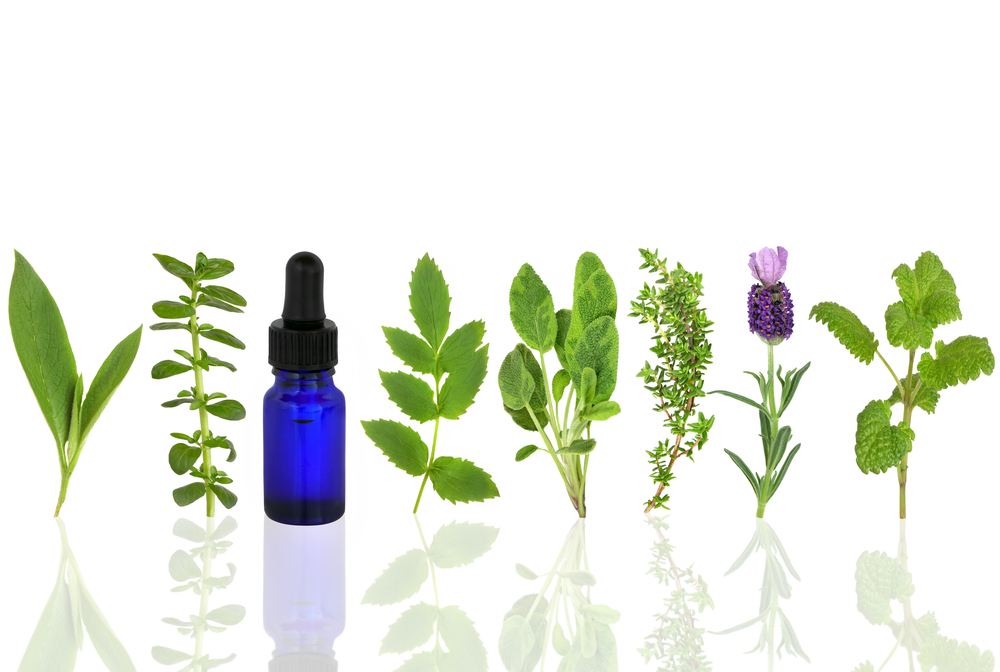
8. FD & C Color Pigments Many color pigments cause skin sensitivity and irritation. Absorption of certain colors can cause depletion of oxygen in the body and even death. Debra Lynn Dadd says M Home Safe Home:"Colors that can be used in foods, drugs, and cosmetics are made from coal tar. There is a great deal of controversy about their use, because animal studies have shown almost all of them to be carcinogenic."
9. Fragrance Fragrance is present in most deodorants, shampoos, sunscreens, skin care body care and baby products. Many of the compounds in fragrance are carcinogenic or otherwise toxic. "Fragrance on a label can indicate the presence of up to 4,000 separate ingredients. Most or all of them are synthetic. Symptoms reported to the FDA have included headaches, dizziness, rashes, skin discoloration, violent coughing and vomiting, and allergic skin irritation. Clinical observation by medical doctors have shown that exposure to fragrances can affect the central nervous system, causing depression hyperactivity, irritability, inability to cope, and other behavioral changes," Home Safe Home.
10. Imidazolidinyl Urea and DMDM Hydantoin These are just two of the many preservatives that release formaldehyde (formaldehyde-donors). According to the Mayo Clinic, formaldehyde can irritate the respiratory system, cause skin reactions and trigger heart palpitations. Exposure to formaldehyde may cause joint pain, allergies, depression, headaches, chest pains, ear infections, chronic fatigue, dizziness and loss of sleep. It can also aggravate coughs and colds and trigger asthma. Serious side effects include weakening of the immune system and cancer. Nearly all brands of skin, body and hair care, antiperspirants and nail polish found in stores contain formaldehyde-releasing ingredients.
 The Kasia Organics “Informed Beauty” Promise:
The Kasia Organics “Informed Beauty” Promise:
We always use: the finest, all-natural ingredients that not only nourish the body but awaken the senses and promote healthy, safe living through informed beauty. The result: radiant, restored skin and hair.
We never use: parabans, petro-chemicals, phthalates, artificial preservatives, lauryl sulfates, artificial colors or dyes, synthetic fragrances, wasteful fillers or animal testing—unhealthy junk your body doesn’t need!
